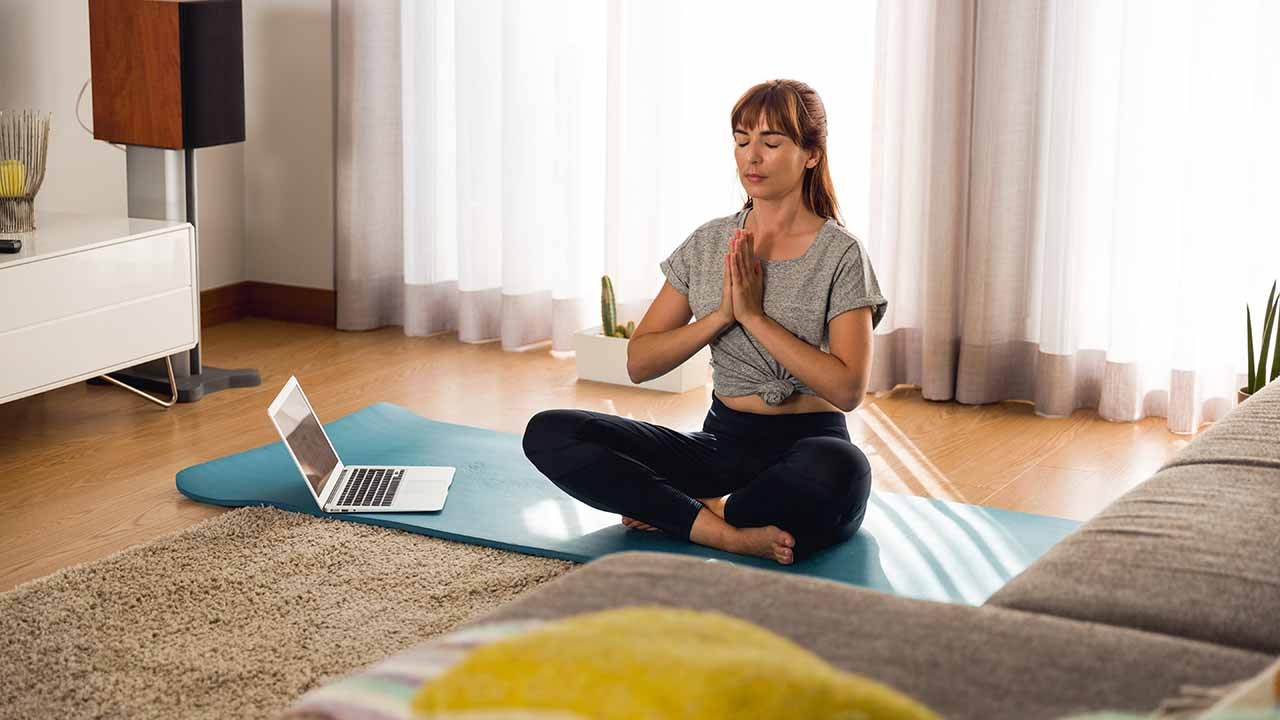A Beginner's Guide To Meditating

The idea of meditating can be very daunting when you first start. Sitting for long periods in complete silence. Trying to clear your mind and think of... nothing? We're going to tell you now, as a beginner, it doesn't have to be that way!
Meditating has a range of benefits including helping to lower blood pressure, reducing depression and anxiety, alleviating stress and promoting general relaxation and wellbeing. Here are our top tips to help ease you into a regular meditation practice.
Keen to try a more traditional meditation?
There are many forms of meditation - silent, guided, chanting (mantra), movement, seated, lying down, standing up... - not everyone is comfortable with silence, and people may meditate for health benefits or spiritual purposes. Your own preferences and your intention will help you figure out what's right for you.
For this article we'll look at a more traditional seated meditation.
The main things are:
- You need to feel comfortable
- Set an intention before you begin
- Be able to give complete focus and concentration (a quiet, warm, comfortable environment is important)
Setting up
Sit in a cross legged position on your yoga mat with a tall spine, relaxed shoulders, hands resting on your knees either palms down or palms up (with the option to connect thumb and index finger together if you would like to do a mudra).
If you find sitting this way uncomfortable, it may help to sit on the edge of a thick folded blanket and/or position yourself up against a wall. It's important to be comfy or you will get sidetracked during your meditation.
- Close your eyes and 'settle in', taking deep even breaths in and out through your nose. Focus on the sound of your breath.
- Set a positive intention such as 'I am happy' or 'I am confident', and repeat it several times in your mind.
- Allow any thoughts to come and go without dwelling on them, moving from one though to the next - meditating in this way isn't about perfectly silencing the mind, it's about being able to acknowledge your thoughts and let them pass.
- When you have finished your meditation session, slowly externalise by focusing on the sounds you can hear in and outside the room, the feeling of your physical body and the places where it connects to the ground.
- You may like to finish in anjali mudra, with hands in prayer position at your chest, fingertips lightly touching with a slight space between the hands. Bow your head in gratitude and appreciation of yourself and those in your life. Then slip open your eyes.
Can't sit still?
Then you probably need meditation more than your average person! If you're a Type A personality, if you're constantly stressed out, feeling burned out, overworked, or can't sit still without fidgeting, it's a sign your nervous system isn't getting any down time.
As with anything, practice helps a lot when it comes to meditation - so if you find it difficult don't worry, this changes the more you do it! Try to get into the habit of meditating daily. Even if it's just for 5 minutes, then build on it over time.
Try a guided meditation - where someone talks you through the process - that focuses on 360 degree/diaphragmatic breathing, or a body rotation (body parts are named and you bring awareness to each part until you've gone through the whole body). Being aware about what's going on in your physical body can help you connect with yourself without having to sit uncomfortably in silence.
Meditation doesn't have to be silent
Traditional meditation not for you? Generally speaking, most repetitive movements that require complete focus and concentration can be a meditative practice even if not in the traditional sense. Going for a run, taking a walk, cycling, building or creating something can be meditative - how often have you done one of those things and felt like you had a clearer head afterwards? Or felt more positive?
For a walking meditation that's a little more traditional than your average walk around the block, take each step slowly and purposefully. Try it in an open space so you can keep your eyes on your feet without worrying about bumping into everything. Feel through each part of your foot as you take each step, from heel through to the toe connecting to the ground.
Image / DepositPhotos.com









